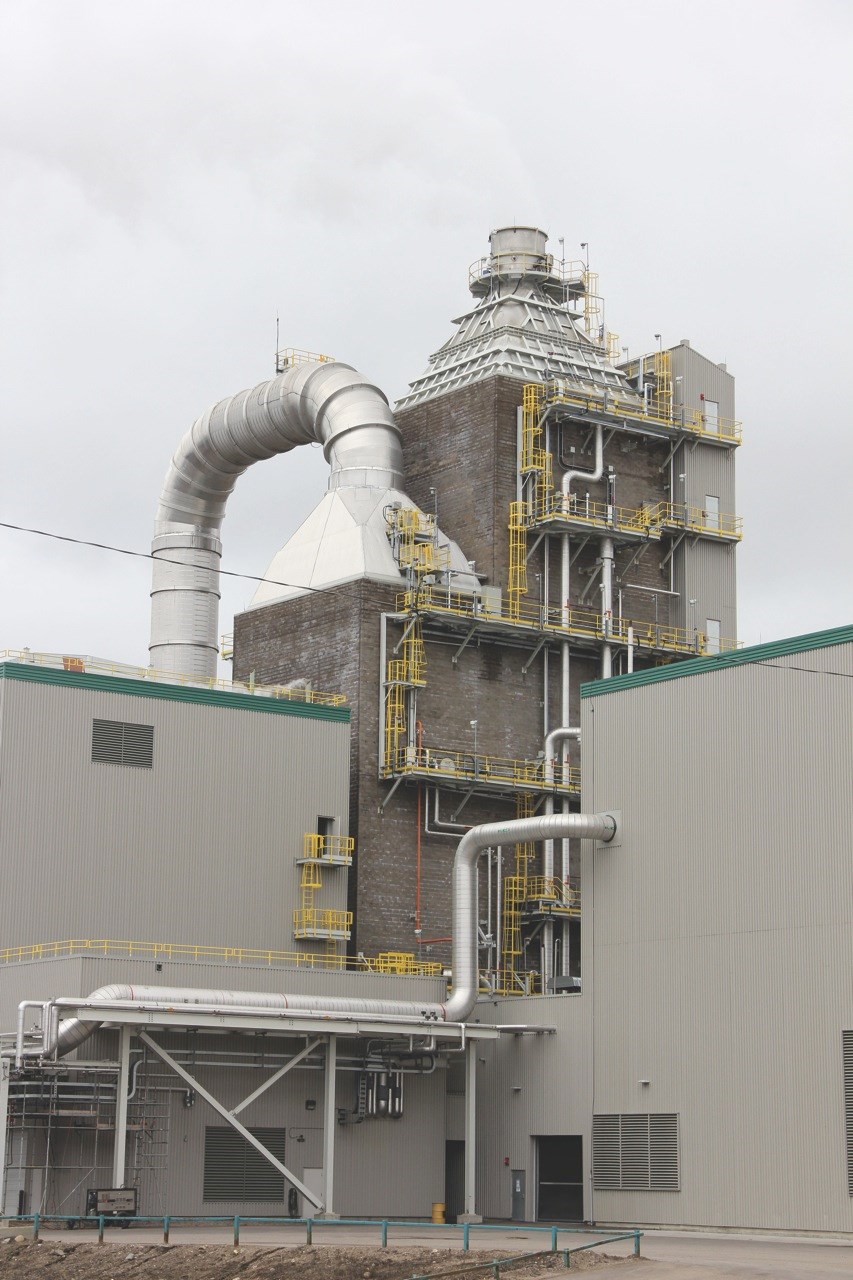SaskPower’s carbon capture and storage (CCS) facility at the Boundary Dam Power Station has reached another milestone.
In a news release issued Monday morning, SaskPower revealed the facility eclipsed more than three million tonnes of carbon dioxide (CO2) – equivalent to taking 750,000 vehicles off the road. The milestone was reached Monday at 1:26 a.m.
“We anticipated this was coming for some time,” said Joel Cherry, a consultant for media relations and issues management with SaskPower. “We always keep track of the amount of carbon that’s С����Ƶ captured and sequestered at the facility.”
SaskPower has a monthly blog that tracks the amount of carbon captured, the amount of time the CCS facility was online and the average amount of power produced at Unit 3, which is the unit that is connected to the CCS facility.
“That’s for transparency and also to help the public understand what the CCS facility is doing there,” said Cherry.
In October 2014, the Boundary Dam Power Station became the first power station in the world to successfully use CCS technology.
“The CCS facility at Boundary Dam Power Station is an example of the kind of innovation needed to combat climate change,” said Dustin Duncan, the minister responsible for SaskPower. “CCS remains an important aspect of SaskPower’s long-term strategy to meet the growing demand for electricity while reducing greenhouse gas emissions.”
SaskPower has committed to reducing its greenhouse gas emissions by at least 40 per cent below 2005 levels by 2030. It will achieve this target through increased use of renewable energy, as well as moving to lower-carbon forms of fuel such as CCS.
“As we increase our use of renewables such as hydro, wind and solar, we still need reliable baseload power. Boundary Dam Unit 3 continues to provide enough low-carbon electricity for 100,000 customers, 24 hours a day,” said Howard Matthews, SaskPower vice-president of power production.
While there have been challenges associated with the facility, since it was the first of its kind in the world, Cherry said it has continued to make gains. It went through a planned two-month maintenance shutdown earlier this year, which allowed SaskPower to ensure it was operating efficiently.
Recent outages at Unit 3 have dealt with such problems as a shorted wire in an electrostatic precipitator or a boiler tube leak.
But operations have been about as strong as expected since a two-month scheduled shutdown ended in May.
A shorter shutdown is scheduled to start later next week, and will last about 14 days. The shutdown will be on the capture island side.
“Like any other facility, the CCS facility requires periodic maintenance to ensure it continues to operate safely and smoothly.”
SaskPower is continually looking for ways to improve the performance of the facility. It was the first of its kind in the world.
“There’s always more that we can do to try to improve performance there, but overall I think we’re pleased with the performance of the facility,” said Cherry.
Interest in the CCS facility remains high. The CCS Knowledge Centre is still marketing the facility. They regularly have tours with foreign dignitaries, and a U.S. congressional delegation was recently at the plant.
“Coal is an abundant resource still, and it is a reliable and relatively inexpensive source of power, so people are looking for means for С����Ƶ able to use coal-fired electricity while obviously reducing their carbon footprint, which is the big thing,” said Cherry.
A decision has yet to be made about retrofitting Unit 6 at Boundary Dam, or the Shand Power Station, with CCS technology. Whitecap Resources, which uses the captured CO2 in its enhanced oil recovery efforts, said it would be willing to take more.
SaskPower has not had a single lost-time injury during construction or operation of the CCS facility, a period of more than eight years. A lost-time injury is defined as an injury or illness initiated in the workplace where resulting time off work extends past the day of the injury.
“Ideally we would never have lost-time injuries at any of our jobs. The mission is always mission zero to ensure there are no injuries or fatalities or suffering, and it’s great to achieve that,” said Cherry.




